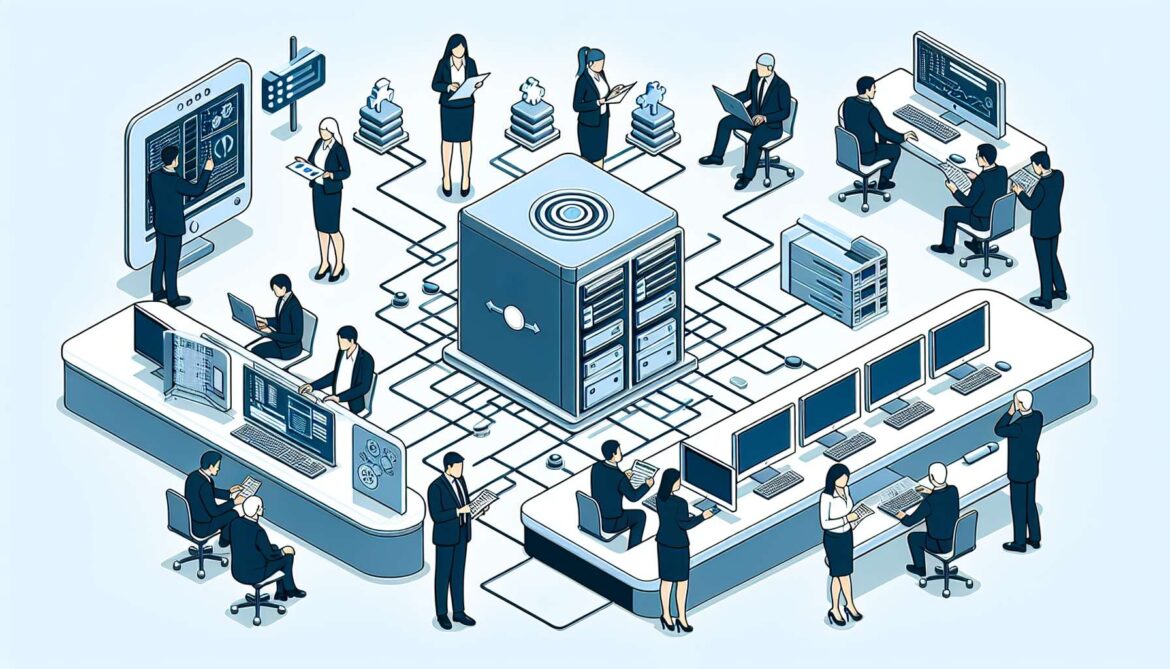When designing an information system, one crucial question emerges: Who are the stakeholders? Understanding stakeholders is fundamental to successful system development, as they directly influence requirements, adoption, and ultimate success.
What Are Stakeholders?
“Any person who has interests in an existing or proposed information system. Stakeholders may include both technical and non-technical workers. They also may be internal to the organization or external to it, and they may have decision-making authority or may simply be affected by the system.”
Types of Stakeholders
Primary Stakeholders
These are individuals who directly interact with the system and are most affected by its success or failure:
- End Users – Employees who will use the system daily for their work tasks
- System Administrators – IT personnel responsible for maintaining and supporting the system
- Business Owners – Managers whose departments will be impacted by the system
Secondary Stakeholders
These stakeholders have indirect interests but still influence the system’s requirements:
- Customers – External users who may interact with public-facing components
- Vendors and Suppliers – External parties who integrate with the system
- Regulatory Bodies – Organizations that set compliance requirements
- Senior Management – Executives who approve budgets and strategic direction
graph TD
A[Information System] --> B[Primary Stakeholders]
A --> C[Secondary Stakeholders]
B --> D[End Users]
B --> E[System Admins]
B --> F[Business Owners]
C --> G[Customers]
C --> H[Vendors]
C --> I[Regulatory Bodies]
C --> J[Senior Management]
D --> K[Daily Operations]
E --> L[Technical Support]
F --> M[Business Goals]
G --> N[User Experience]
H --> O[Integration]
I --> P[Compliance]
J --> Q[Strategic Direction]
style A fill:#e1f5fe
style B fill:#f3e5f5
style C fill:#fff3e0
style D fill:#e8f5e8
style E fill:#e8f5e8
style F fill:#e8f5e8
style G fill:#fff8e1
style H fill:#fff8e1
style I fill:#fff8e1
style J fill:#fff8e1Why Stakeholder Identification Matters
Proper stakeholder identification is critical for several reasons:
- Requirements Gathering – Each stakeholder group has unique needs and perspectives that must be captured
- Change Management – Understanding who will be affected helps plan training and adoption strategies
- Risk Mitigation – Identifying potential resistance or concerns early prevents project delays
- Communication Planning – Different stakeholders need different types of updates and involvement levels
Stakeholder Analysis Framework
When analyzing stakeholders, consider these key dimensions:
| Dimension | High | Low |
|---|---|---|
| Influence | Can significantly impact project decisions | Limited decision-making power |
| Interest | Highly affected by system outcomes | Minimal impact from system changes |
| Involvement | Active participation required | Periodic updates sufficient |
Best Practices for Stakeholder Management
- Early Identification – Map stakeholders at the project’s beginning, not halfway through
- Regular Communication – Establish clear channels and frequency for updates
- Expectation Management – Be transparent about capabilities, timelines, and limitations
- Feedback Loops – Create mechanisms for stakeholders to provide input throughout development
- Documentation – Maintain clear records of stakeholder requirements and decisions
Conclusion
Effective stakeholder management is not just about identifying who has an interest in your information system—it’s about understanding their needs, managing their expectations, and ensuring their voices are heard throughout the development process. By systematically analyzing and engaging with stakeholders, you can significantly increase the likelihood of delivering a system that truly meets organizational needs and gains widespread adoption.








Wow, incredible weblog layout! How long have you
been running a blog for? you made blogging look easy.
The general look of your website is great, as well as the content material!
Thank You Ross. I am very glad to be complimented. I have been blogging since 8 month nearly.
thank and nice work,
helpfuul contents
So helpful and simplified. Thank you
Aweasome
can I know the reference of the quote ‘ any person who has an interest in an existing….’ plz it is really important
@Nawsheen Its from the Karolina Muszyńska presentation from “Systems Analysis & Design”
can I know the reference pf the quote ‘ any person who has interest in an existing…’ plz it is really important. Reply asap!